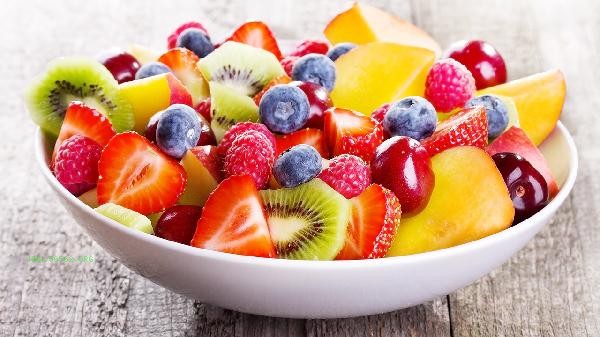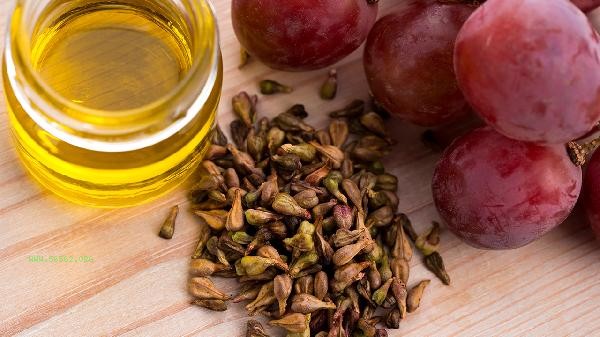When blood sugar is high, it can be quickly reduced by adjusting the diet structure. It is recommended to choose low glycemic index foods, high dietary fiber foods, high-quality protein, healthy fats, and specific hypoglycemic ingredients.

1. Low sugar foods: Whole grains such as oats and brown rice can replace refined rice and flour to delay sugar absorption. This type of food has a slow digestion rate and small fluctuations in postprandial blood sugar, among which β - glucan components can improve insulin sensitivity. Buckwheat, rye and other miscellaneous grains have a high chromium content, which helps to enhance the activity of glucose metabolism enzymes. 2. High fiber vegetables: Green leafy vegetables such as broccoli and spinach are rich in insoluble fiber, which can encapsulate the sugar in the intestines. The mucin protein in okra can inhibit alpha glucosidase activity and reduce carbohydrate breakdown. Consuming more than 500 grams of non starchy vegetables daily can reduce postprandial blood glucose peak by 20% -30%.
3. High quality protein:
Salmon, chicken breast and other white meat provide essential amino acids without affecting blood sugar. Soy products containing isoflavones can activate PPAR - γ receptors and improve glucose metabolism. Research has shown that consuming 20-30 grams of protein per meal can reduce gastric emptying rate by 40% and effectively smooth out the blood glucose curve.
4. Healthy fats:
Monounsaturated fatty acids in avocados and nuts can increase the density of insulin receptors on the cell membrane. Flaxseed oil containing omega-3 fatty acids can reduce the damage of inflammatory factors to pancreatic beta cells. Moderate intake of fat can prolong satiety and reduce blood sugar fluctuations during subsequent meals.

5. Medicinal and edible ingredients:
Plant active ingredients such as bitter melon saponins and cinnamaldehyde have insulin-like effects. 1-deoxynojirimycin in mulberry leaves can inhibit glycosidase activity. Daily consumption of green tea can reduce glycated hemoglobin by 0.3% -0.5%, and its catechins can promote glucose transport in skeletal muscle cells.
It is recommended to take a small amount of food 5-6 times a day under the serving of individual dishes, and the effect will be better if it is accompanied by a 30 minute walk after the meal. Priority should be given to cold dishes and steaming when cooking, to avoid damaging nutrients through high-temperature frying. Long term blood glucose control requires the establishment of a comprehensive management plan that includes dietary records, exercise monitoring, and regular glycation testing. Patients taking combined medications need to adjust their dietary structure under the guidance of a doctor. Monitor individualized glycemic responses of various foods and consult clinical nutritionists to develop exclusive diets if necessary.









Comments (0)
Leave a Comment
No comments yet
Be the first to share your thoughts!